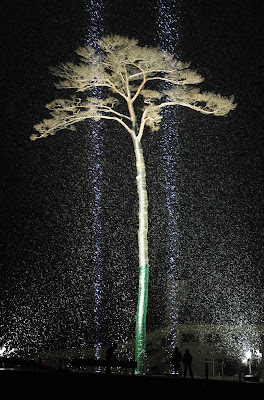Japanese Peace Movements #14: Nihi Ta Fanhanao Ta Fanpiknik
While in Japan last month I didn't get to hear much Chamorro. When i nobia-hu Elizabeth Kelley Bowman visited we would speak Chamorro to each other and I did bring some Chamorro LPs with me that I would listen to in my apartment, but for my last week in Japan I got particularly homesick for the Chamorro language. Thankfully the group Famagu'on Tano' yan I Tasi was there to help me with my minahalang. They are a Japan based Chamorro dance group, comprised of primarily education majors at Teikyo University under the guidance of Dr. Kyoko Nakayama. I visited the group in Tokyo in my final days, conducted some interviews, gave a talk and was treated to a BBQ. On a crowded Sunday afternoon, in an ocean of people speaking Japanese, it was so nice to have a group singing and chanting in Chamorro. Given the occasion one song they sang over and over was "Nihi ta fanhanao ta fanpiknik." I've included the lyrics below. Nihi ta fanhånao ta fanpiknik, Guih

